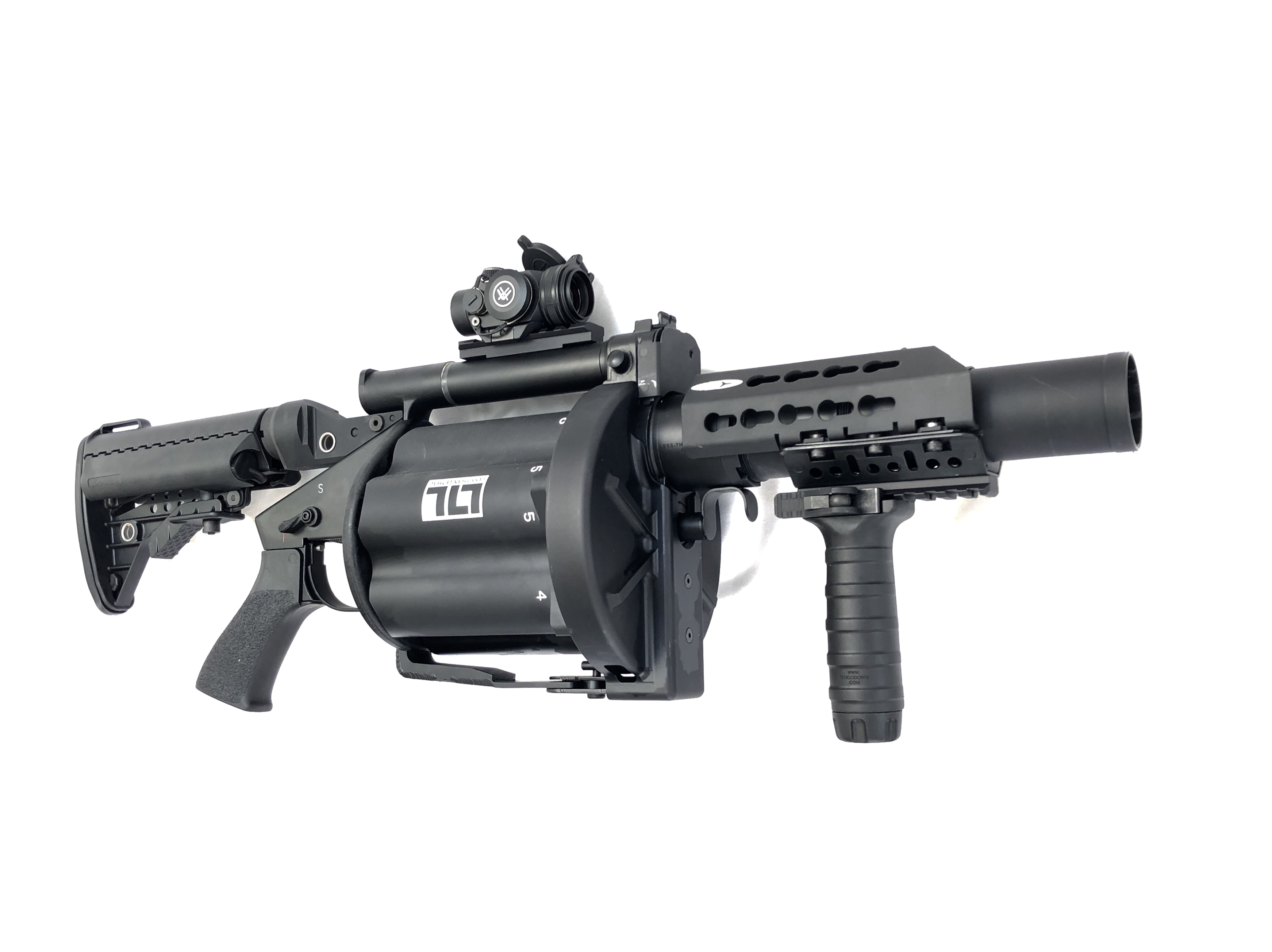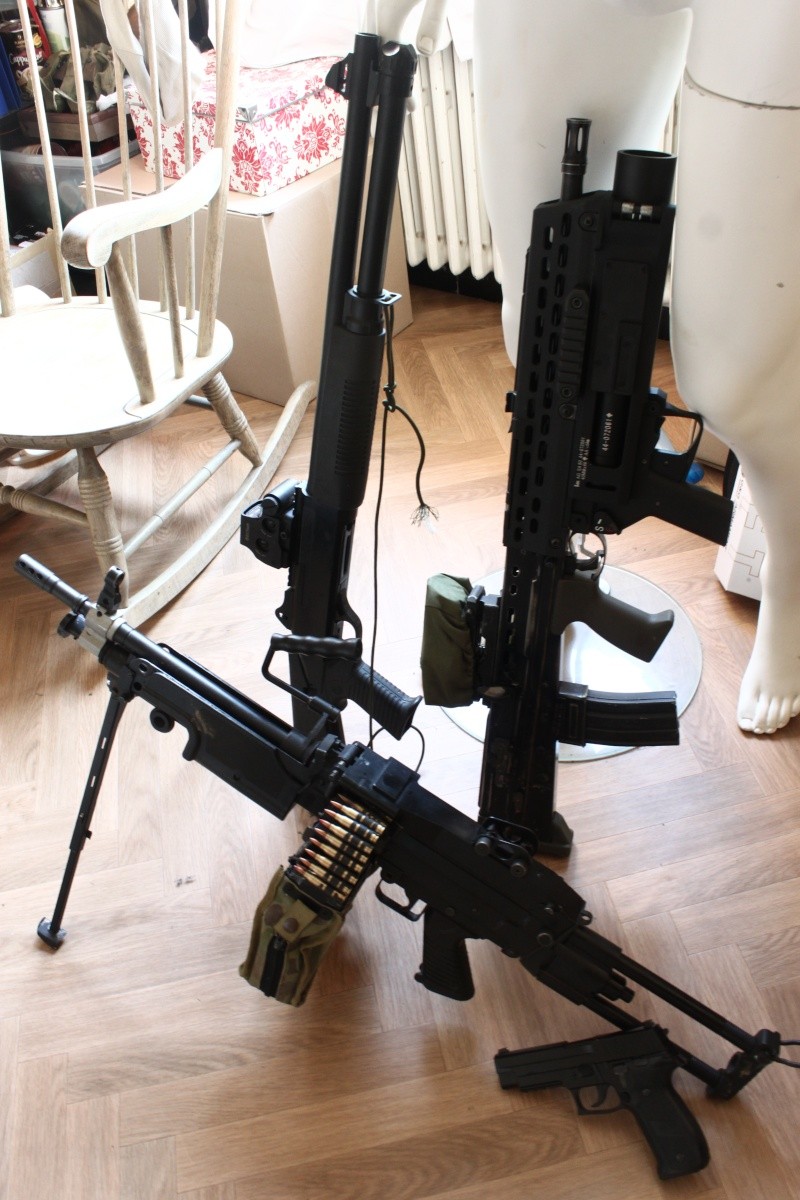

In 1961, the first M79 grenade launchers were delivered to the US Army. With a new sight, the XM79 was officially adopted as the M79 on December 15, 1960. Unable to solve the problems with the multi-shot T148 launcher, the Army adopted the S-5 as the XM79. This was refined into the S-5, which resembled an oversized single-barrel shotgun. The other design was a single-shot break-open, shoulder-fired weapon, the S-3.

One of the launchers at Springfield Armory was the three-shot "harmonica" T148 (not to be confused with the later, underbarrel XM148), which did see some limited production and fielding in Vietnam, but problems with the three-round magazine prevented widespread acceptance. Project Niblick created the 40 x 46 mm grenade, but was unable to create a satisfactory launcher for it that could fire more than a single shot.
40mm launcher portable#
The M79 was a result of the US Army's Project Niblick, an attempt to increase firepower for the infantryman by having an explosive projectile more accurate with further range than rifle grenades, but more portable than a mortar. While largely replaced by the M203, the M79 has remained in service in many units worldwide in niche roles. The M79 can fire a wide variety of 40 mm rounds, including explosive, anti-personnel, smoke, buckshot, flechette (pointed steel projectiles with a vaned tail for stable flight), and illumination. Because of its distinctive report, it has earned the nicknames of "Thumper", "Thump-Gun", "Bloop Tube", "Big Ed", "Elephant Gun," and "Blooper" among American soldiers as well as "Can Cannon" in reference to the grenade size Australian units referred to it as the "Wombat Gun". The M79 grenade launcher is a single-shot, shoulder-fired, break-action grenade launcher that fires a 40×46mm grenade, which uses what the US Army calls the High-Low Propulsion System to keep recoil forces low, and first appeared during the Vietnam War. Springfield Armory, Action Manufacturing Company, Kanarr Corporation, and Thompson-Ramo-Wooldridge


 0 kommentar(er)
0 kommentar(er)
